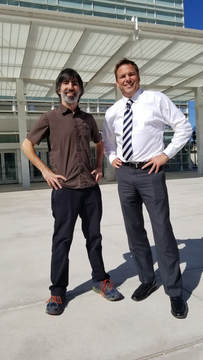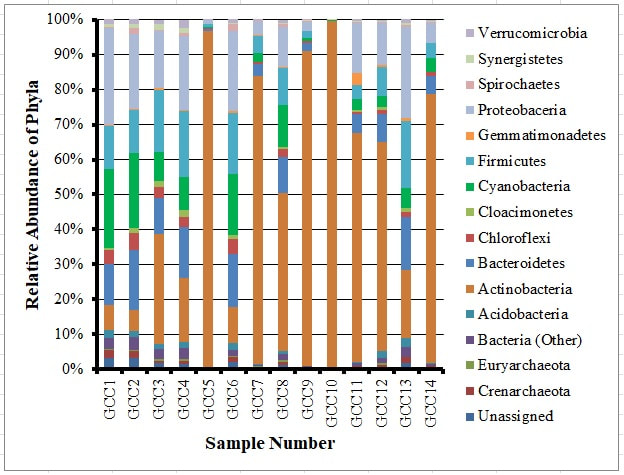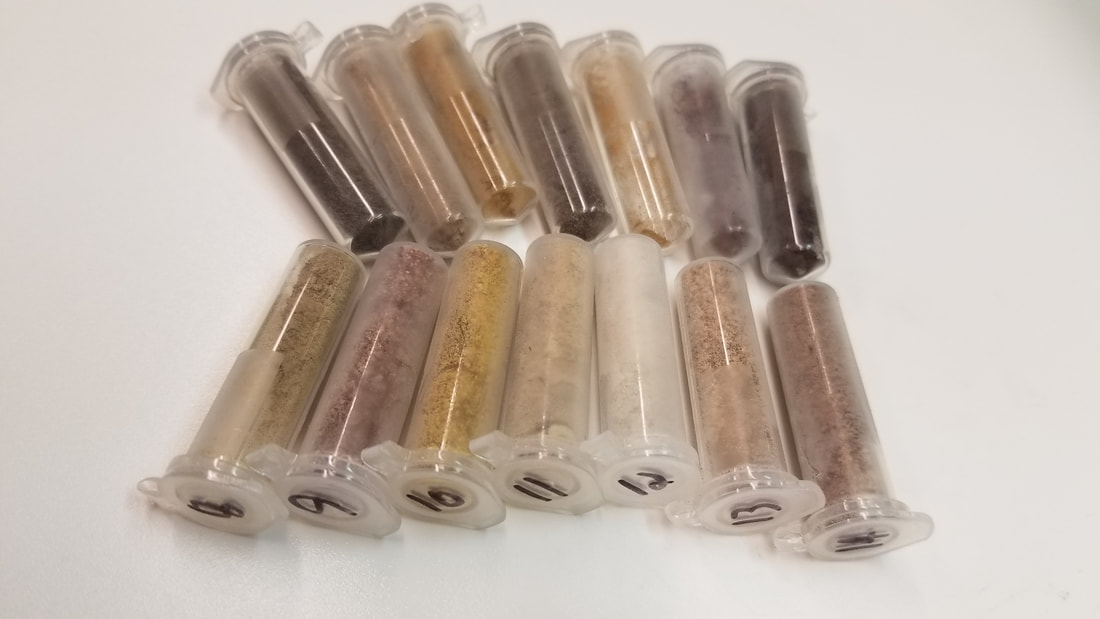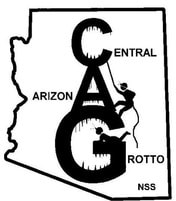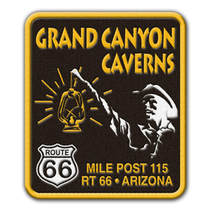Cave Science Developed by the Community
Ongoing research into the microbial inhabitants of Grand Canyon Caverns is the result of a result project proposed by Ray Keeler, a member of the community. By teaming up with Science The Earth, Ray and Brad have been able to work with Grand Canyon Caverns and the ASU Outdoors Club to gather data and collect samples concerning the microbial inhabitants of a hypogene cave located in northern Arizona. In 2021, Brad and Ray published their findings in the Journal of Cave and Karst Studies, an open access peer reviewed journal.
Science The Earth's community driven research project on cave dwelling microorganisms is now featured on the Channel 5 documentary titled Escaping The Grand Canyon with Nick Knowles. With the permission of Viacom, Science the Earth has made the entirety of the segment featuring the discussion on cave microbiology free to the public.
If you are interested in Science The Earth's work with the Central Arizona Grotto on cave conservation, please click here.
Science The Earth's community driven research project on cave dwelling microorganisms is now featured on the Channel 5 documentary titled Escaping The Grand Canyon with Nick Knowles. With the permission of Viacom, Science the Earth has made the entirety of the segment featuring the discussion on cave microbiology free to the public.
If you are interested in Science The Earth's work with the Central Arizona Grotto on cave conservation, please click here.
|
Featured on Fox 10! In 2016, a group of cave explorers started working with a microbiologist from Arizona State University to explore the microorganisms associated with unique rock formations discovered in Grand Canyon Caverns- a dry cave that was partially used as a bomb shelter during the cold war. This partnership has led to the discovery of over 900 different genera of microorganisms living in the cave. Early analysis of 1.5 million genetic sequences indicates that over 15,000 sequences have never before been identified. In addition, while collecting samples, new areas of the cave in which people have never before stepped foot were discovered, identified, and surveyed. Microbial samples were collected from these locations, but an analysis has not yet been performed. |
Our sense of discovery and curiosity drove us to this cave and now our collective sense of discovery and curiosity can continue to drive our search for unique life. Through our continued collaboration, we have professionals, students, and community volunteers that are eager to gather and process samples from the cave. The cave explorers are seasoned veterans and have surveyed and mapped several caves throughout Arizona. The microbiologist received his PhD in Biological Design and is an expert in the study of extremophiles; microorganisms that survive under extreme conditions. However, the operational cost associated with analyzing each sample is limiting our ability to investigate these microorganisms further. All of the donations you send will go directly towards operational costs of the equipment used to characterize the rock formations in the cave, from understanding its elemental composition to characterizing its microbial community. For each sample, there are two major analytical steps:
1. Completed in 2021: $200 per sample: Discover which microbes are present and if there are microbes which we have never before observed, characterize the elements in the cave rock, and collect high magnification images of samples (16s rDNA analysis coupled with mass spectroscopy and scanning electron microscopy).
2. Asking for funds: $1,000-2,500 per sample: Discover and identify which genes are present which enables us to pinpoint specific genes that may have never before been observed on Earth (Metagenomic analysis).
2. Asking for funds: $1,000-2,500 per sample: Discover and identify which genes are present which enables us to pinpoint specific genes that may have never before been observed on Earth (Metagenomic analysis).
We have performed step one on 14 samples and have published our findings in the Journal of Cave and Karst Studies, an open access peer reviewed journal. The next part of this research requires us to perform step two for the 14 samples on which we have performed step one. In addition, samples collected from newly discovered areas of the cave need to be analyzed using steps one and two. With your donation, you will contribute directly towards understanding the microorganisms and genes present in areas of the Earth that have only been explored by less than a handful of people. This is not an all or nothing proposition. Even if we do not reach our monetary goal, we can still gather useful data by performing step one on new samples as areas of the cave are discovered. Every donation counts. All data gathered will be made publicly available so that everyone will have access to the knowledge acquired from this expedition. And finally, you will contribute to major scientific discoveries on Earth’s final frontier- places where, prior to this research, no man (or woman) has gone before!
Biogeochemistry in Grand Canyon Canyon Caverns
Presentation on Biogeochemistry in Grand Canyon Canyon Caverns by Science the Earth during the 2018 Arizona Regions Association cave science symposium.
Original video asking for public support to fund the research project.
This is a joint project between #ScienceTheEarth, Grand Canyon Caverns, the Central Arizona Grotto, and the Arizona State University Outdoors Club. Special thanks to Ray Keeler, John McEnulty, Paul R. Jorgenson, Harrison Tamayo, and DNASU.

